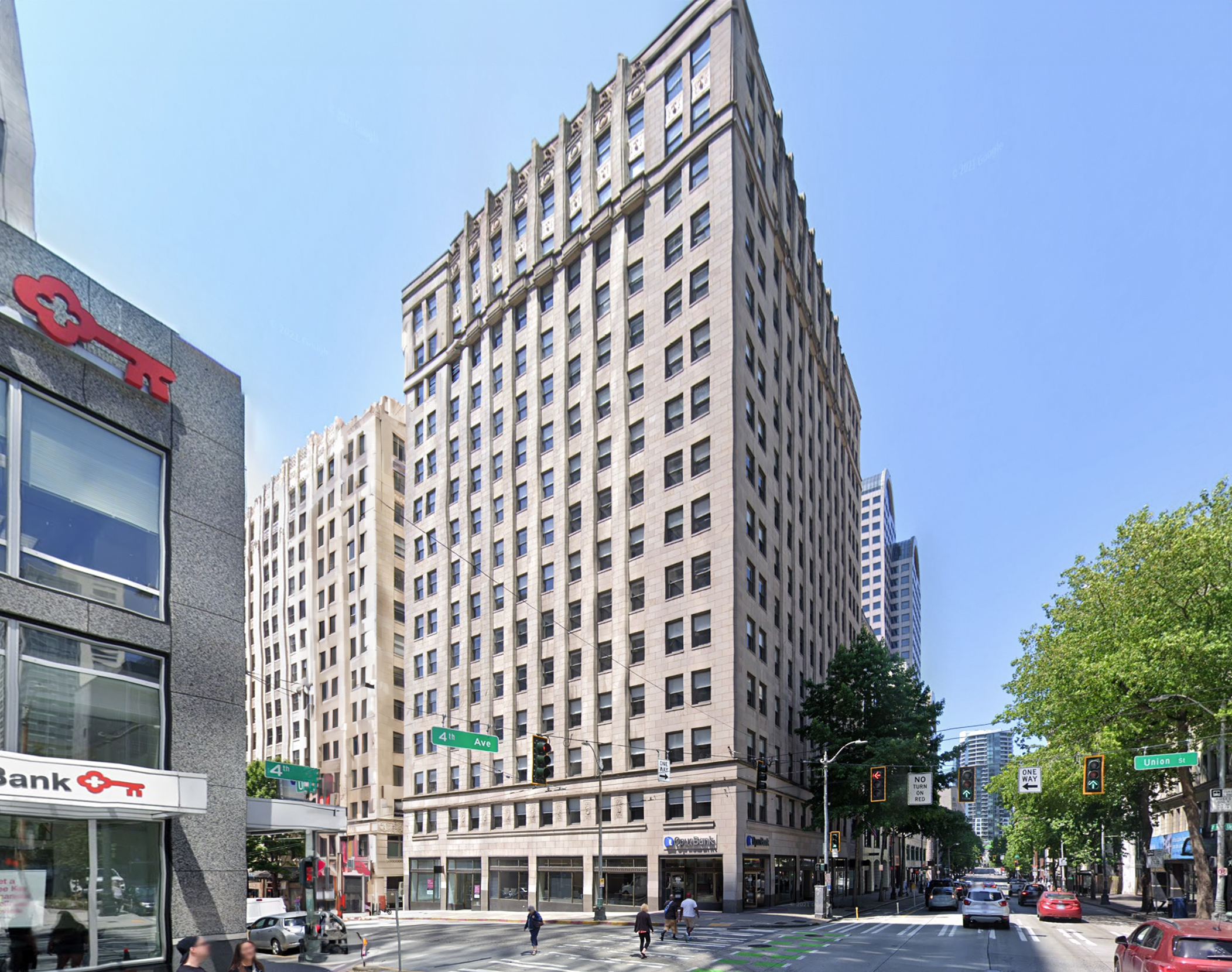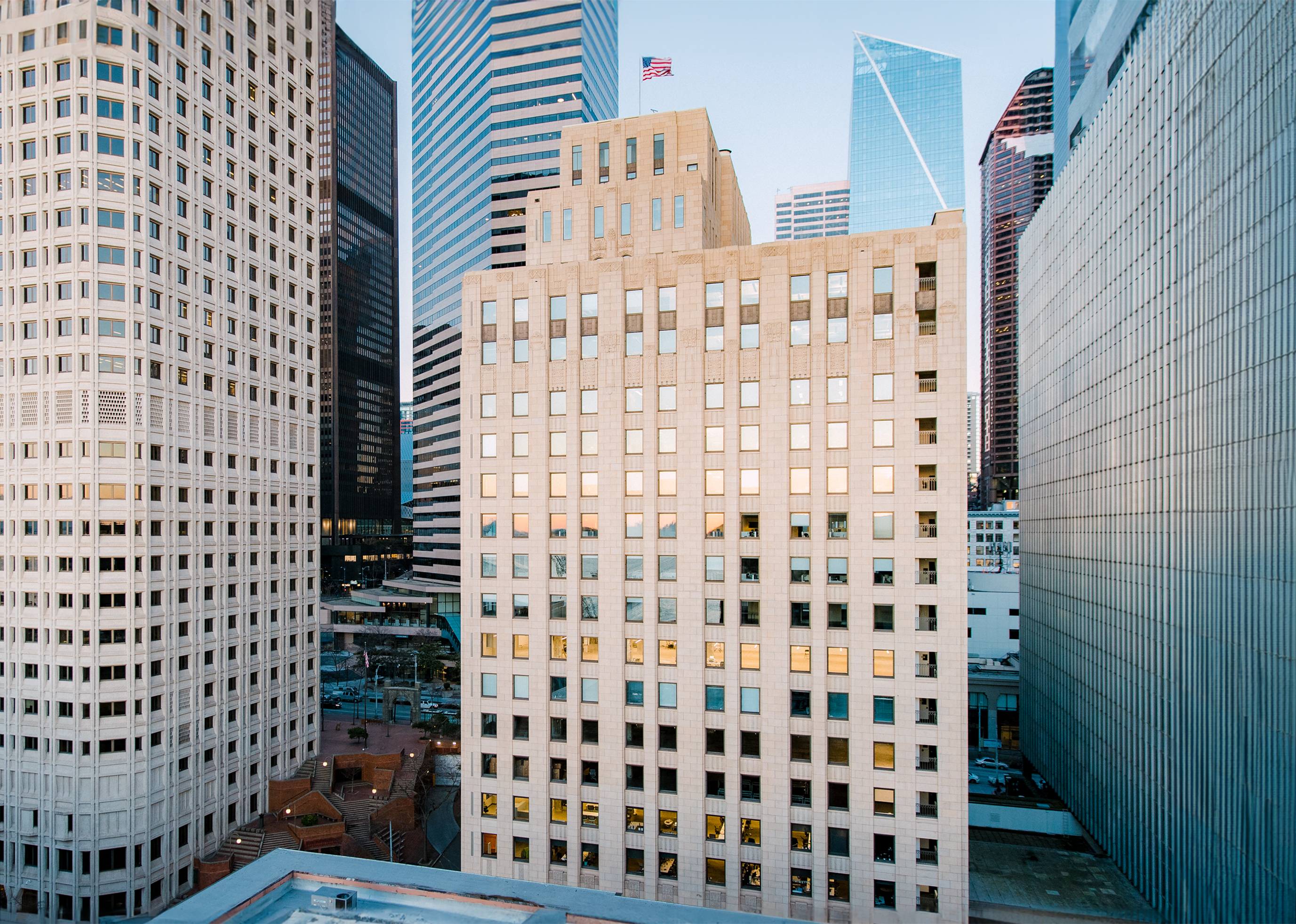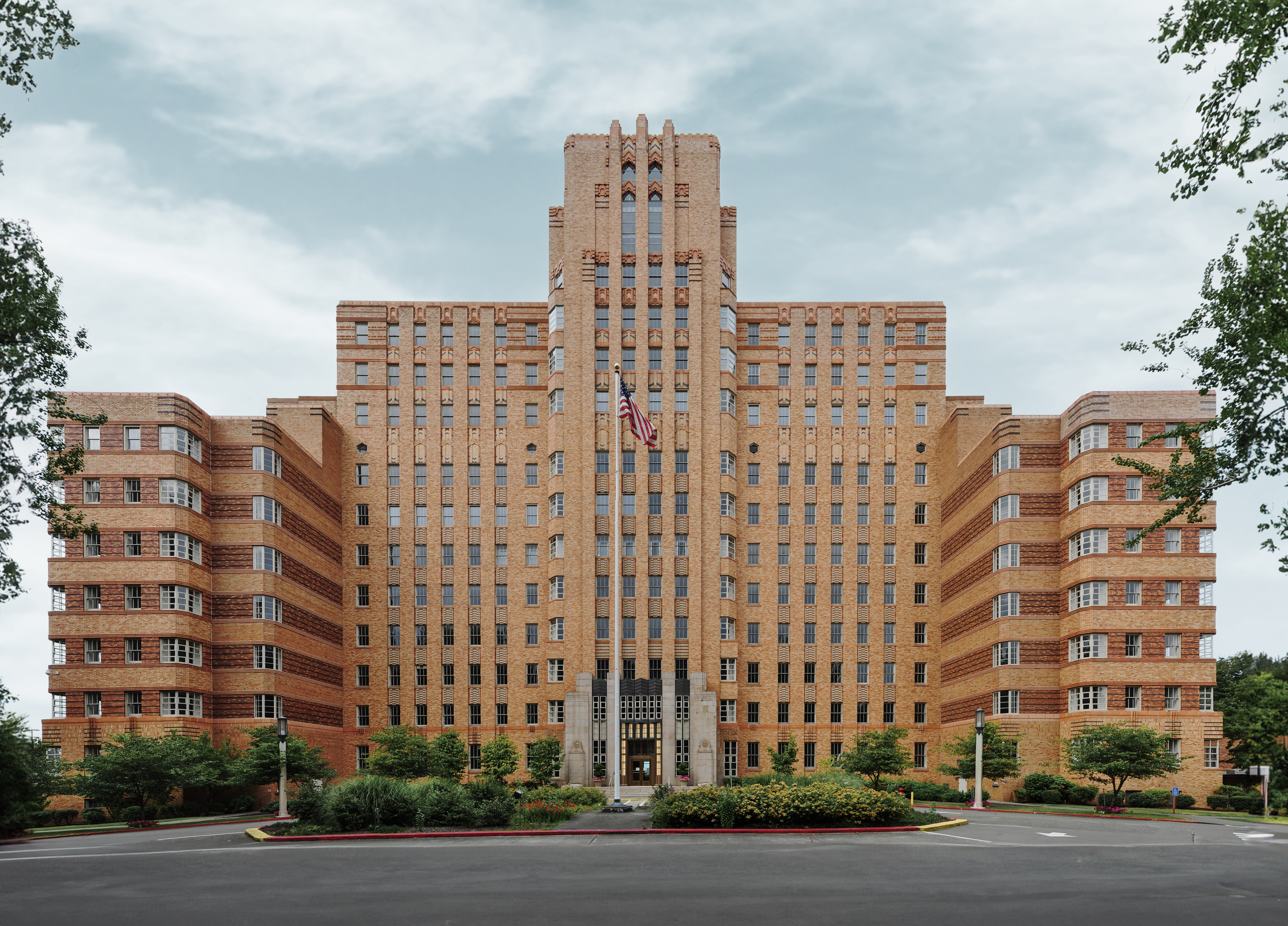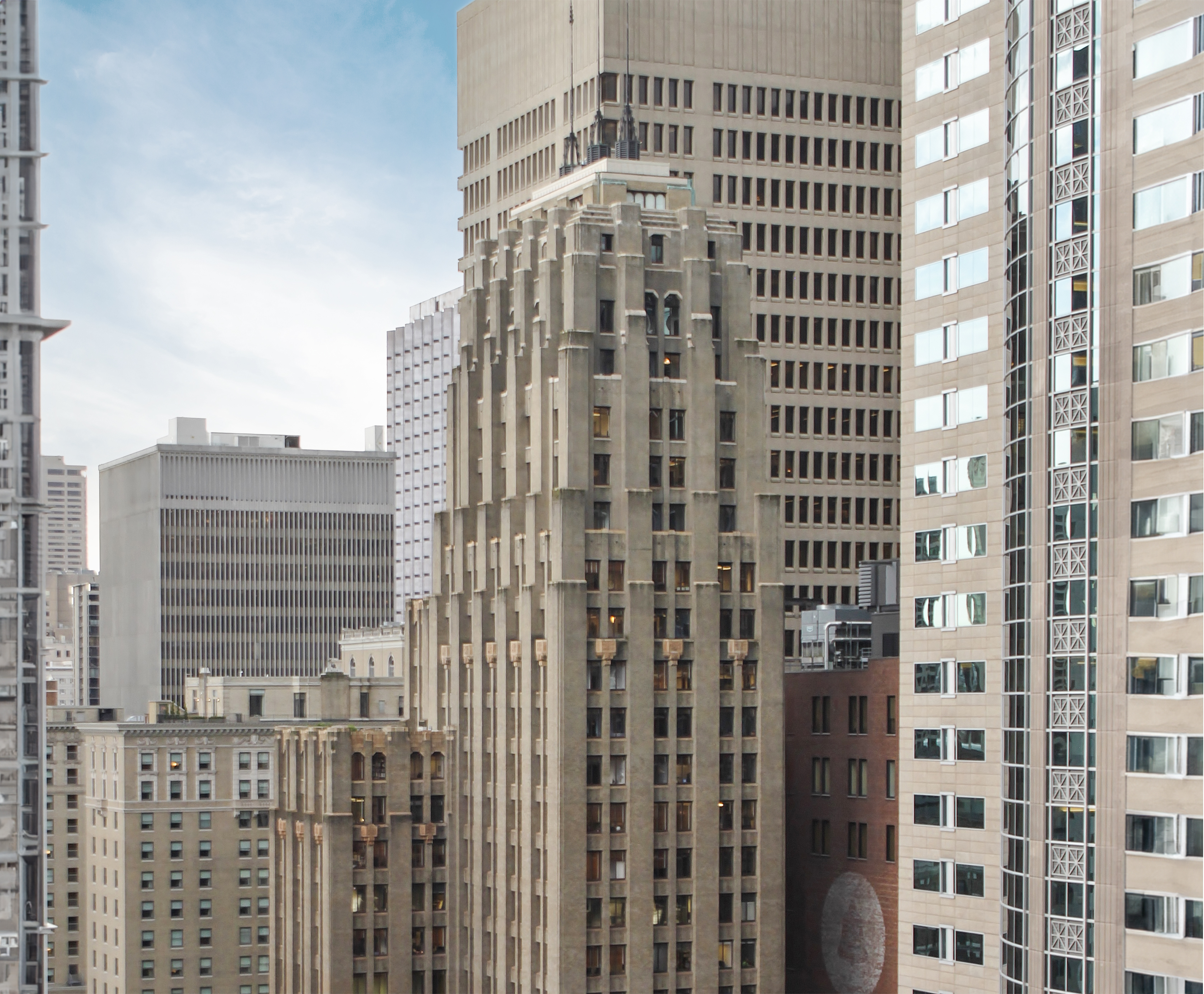The 1411 Fourth Avenue Building is an Art-deco skyscraper designed by Robert C. Reamer, and built between 1928 and 1928, for a reported $1.10 million dollars, in Seattle, WA.
Its precise street address is 1411 Fourth Avenue, Seattle, WA. You can also find it on the map here.
The 1411 Fourth Avenue Building is a structure of significant importance both for the city of Seattle and the United States as a nation. The building embodies the distinctive characteristic features of the time in which it was built and the Art Deco style. Because of that, the 1411 Fourth Avenue Building was officially declared as a national landmark on July 14th 1989, and was included in the National Register of Historic Places on April 22nd 1991.
At the time of its completion in 1928 the 1411 Fourth Avenue Building incorporated solutions that were quite advanced at the time, these included automatic elevators and water springs in the floors to reduce fatigue in the office staff.






